Features/History
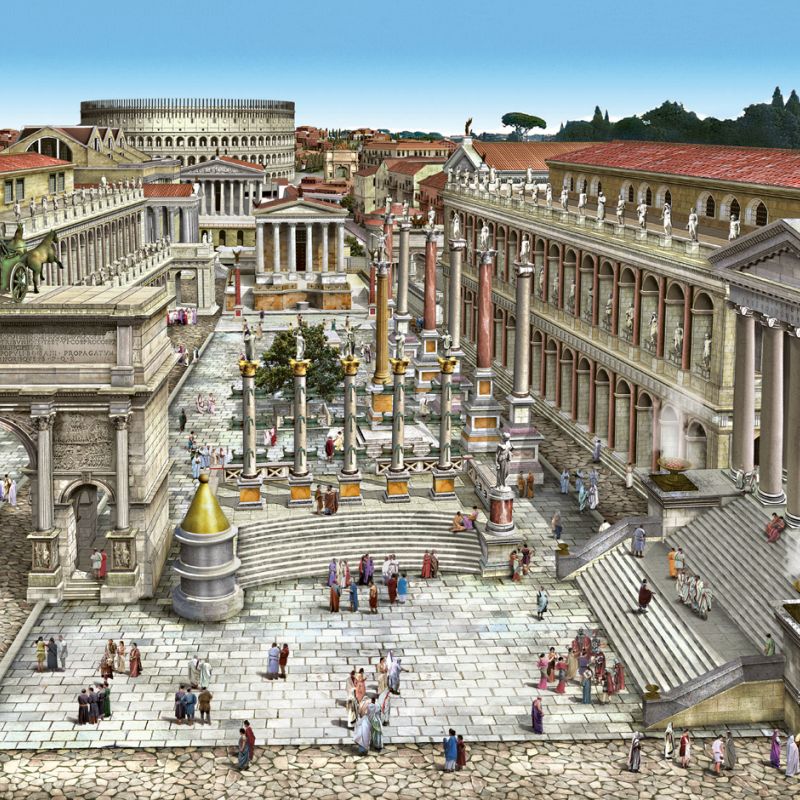
A day in ancient Rome
A voyage back in time to a typical day at the Roman Forum
Thanks to recent Roman Forum restorations and excavations, and to the new ambitious Jubilee project for an extended “archaeological walk”, the Forum is no longer the restricted archaeological site it once was. It is now becoming a living part of Rome’s urban fabric.
The goal of the archaeological park is to invite visitors to walk the ancient paths while also imagining what ancient Rome’s bustling political and social life might have looked like. Back in the day, the Forum was not only the commercial and political heart of ancient Rome, but also the stage for events that would shape the course of world history. Repeatedly burned, looted, and rebuilt, it served as the arena where the Roman elite displayed their wealth, piety, and political ambitions. One can vividly imagine the senatorial class, clad in tunics, walking toward the Curia or the Rostra, where orators engaged in political debates, while the more populist tribunes stirred unrest among the masses. In the midst of the crowd, the procession of the Vestal Virgins, returning to their residence near the Regia, might pause momentarily, adding to the pageantry. The sight of the temples and basilicas, together with their vibrant colors set against the scenic backdrop of the Palatine and Capitoline hills would have been nothing short of spectacular.
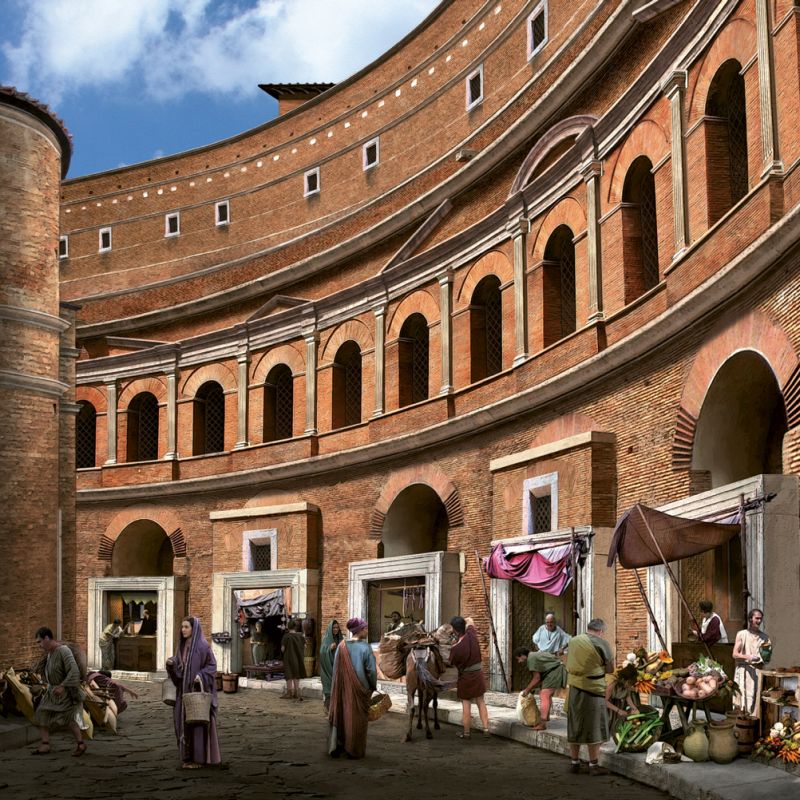
The Roman Day
The Roman concept of time was flexible. Long before the introduction of the Julian calendar, the day was divided into two main parts, with noon marking the midpoint. A messenger from the consul would announce this pivotal moment to the crowds in the Forum, a signal that court cases and official matters could begin. As was customary, the day was split into twelve hours of daylight and twelve hours of darkness, with the length of daylight varying with the seasons. And even in the golden age of the Roman Empire, daily life remained deeply tied to the rhythms of agriculture.
6am
People began their day at dawn, stirred by the noise of a city already in motion that urged them to leave their small, windowless rooms and head out to the Forum to conduct their business.
8pm
By early morning, the Forum was already teeming with activity. State-subsidized idlers, many of whom depended on the generosity of the wealthy, formed a central part of the scene. The sound of greetings and social exchanges filled the air, with many hoping to attract the attention of influential figures. In addition to the political clients, the Forum was alive with craftsmen at their workshops, street vendors selling food and drinks, clerks, and lawyers—many of whom worked from the grand basilicas where justice was dispensed.
Noon
Candidates for public office, easily identifiable by their white garments (from which the term “candidate” originates), were often seen among the crowds during election season. By noon, the pace slowed as many Roman workers took their midday break. The Roman workday was shorter than today’s, leaving the afternoon for leisure and social activities. Lawyers, antique dealers, and merchants, however, continued working until late.
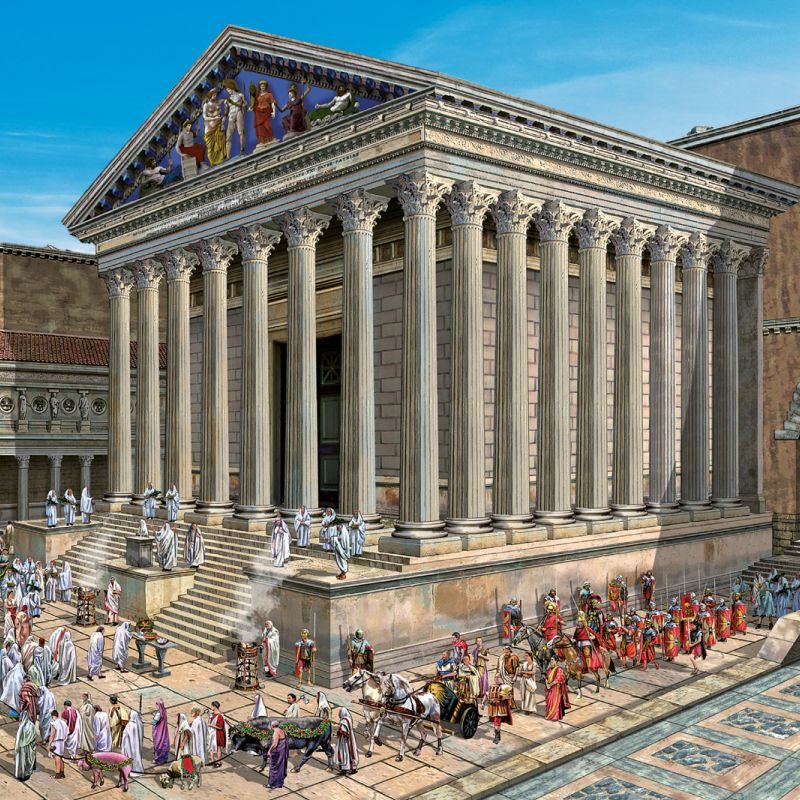
Afternoon
In the afternoon, the Forum remained lively, with crowds gathering to watch jugglers or engage in games of chance, as gambling was officially banned in public spaces. Many Romans spent their free time at the baths—central to Roman social life and urban culture. Far more than just places for bathing, the public baths (termae) offered gyms, libraries, massage parlors, and outdoor spaces for exercise. Since the time of Agrippa, the baths were free and open to all, with women using them in the morning and men in the afternoon until nightfall.
Evening
After a hearty dinner, Roman families would retreat to their homes, and by nightfall, the Forum would quieten, returning to its role as a silent witness to the activities of the day. The Imperial city would rest, only to begin anew at dawn.
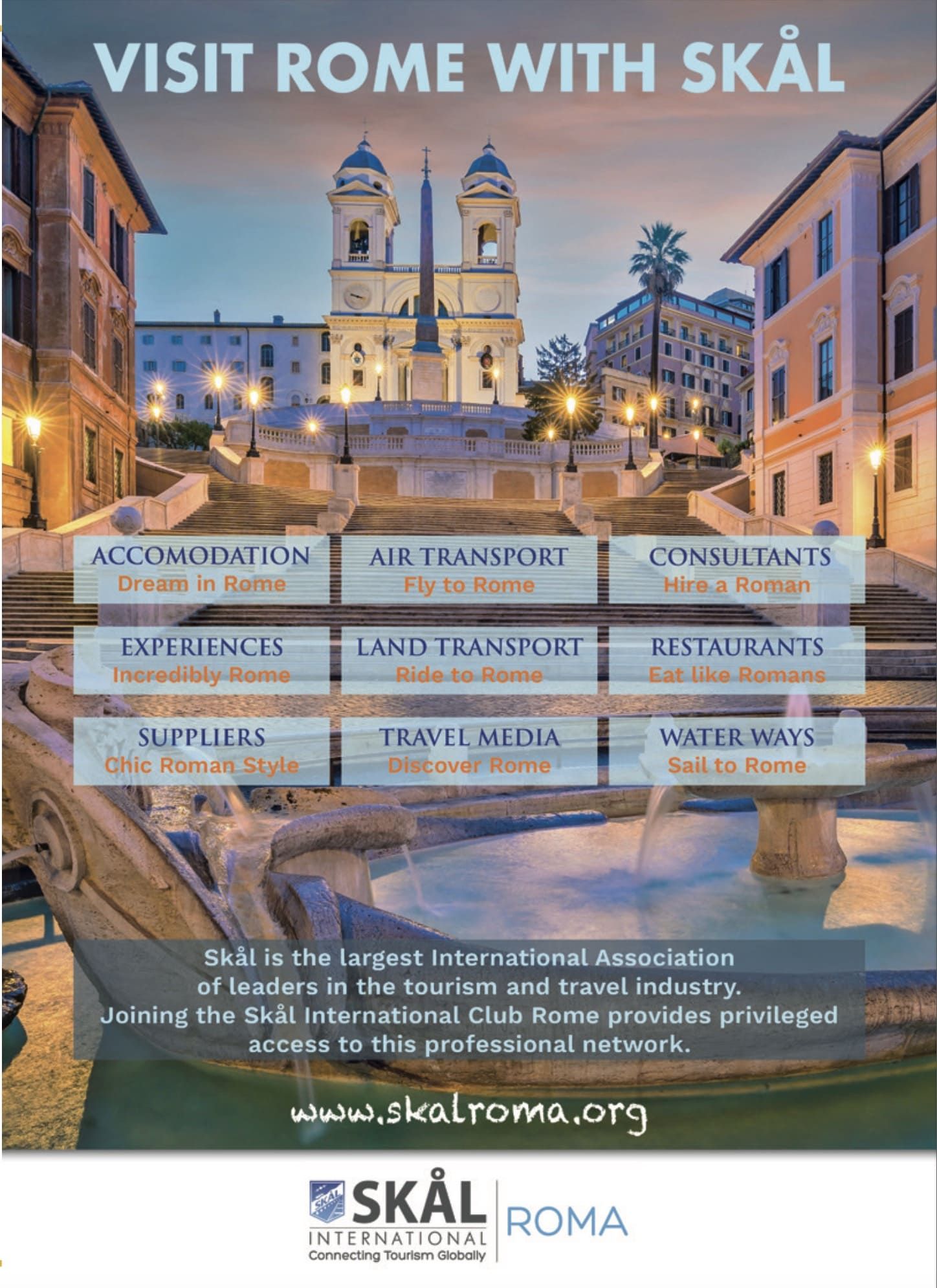
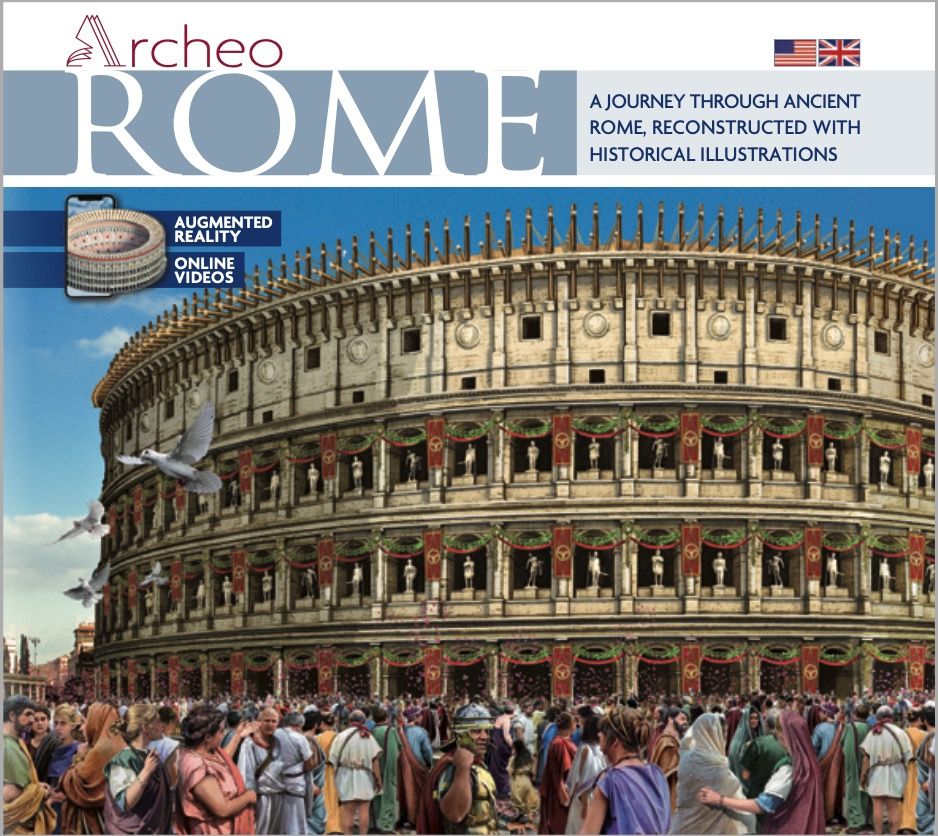
Flipping through History
ArcheoRome, Archeolibri’s new book that also provided the illustrations for this article, offers pictures of the city’s monuments as they appear today with vivid reconstructive overlays of what the ancient monuments of Imperial Rome once looked like, effectively bringing the past to life. WIth an ideal itinerary through the city, visitors can admire the ancient splendor of today’s ruins. Digital content, including video and augmented reality experiences, offers an additional way to visit to the heart of ancient Rome.